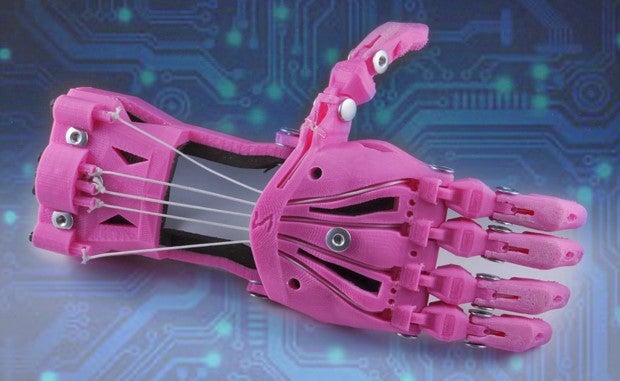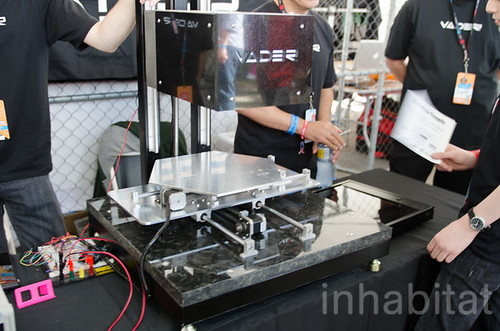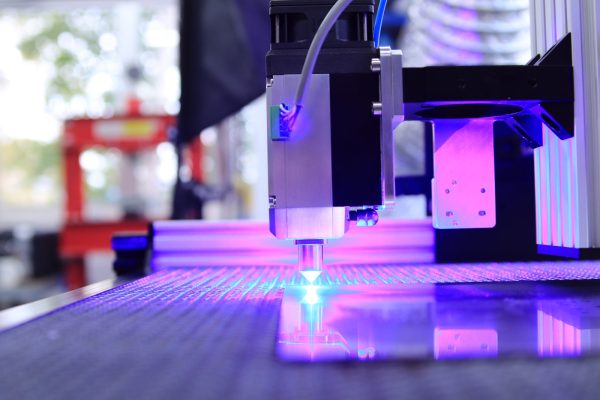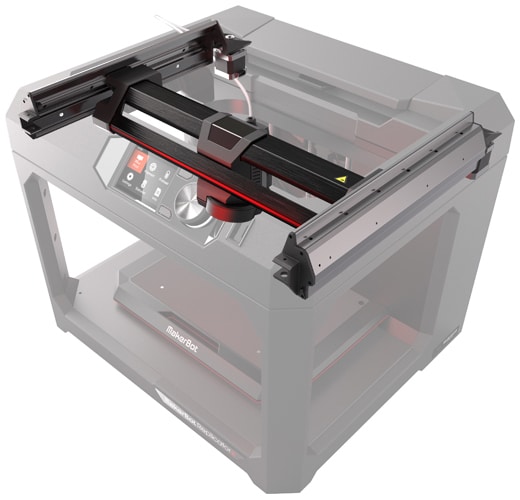3D printing, also known as additive manufacturing, has emerged as a trans-formative technology with significant implications for traditional manufacturing processes.
Traditionally, manufacturing processes have relied on subtractive methods, such as cutting and drilling, to shape raw materials into finished products. However, 3D printing enables the creation of complex three-dimensional objects by adding material layer by layer, offering unprecedented design freedom and customization possibilities. One of the key advantages of 3D printing is its capacity to reduce lead times and enable rapid prototyping.
Manufacturers can quickly iterate and refine product designs without the need for expensive tooling, leading to faster innovation cycles and reduced time-to-market. This accelerated product development process has the potential to drive greater innovation and competitiveness across industries. Moreover, 3D printing allows for on-demand, localized manufacturing, which can significantly reduce inventory costs and transportation-related emissions. This decentralized production model has the potential to disrupt traditional supply chains and enable more sustainable manufacturing practices.
Additionally, the versatility of 3D printing materials, ranging from polymers to metals and ceramics, opens up new possibilities for creating lightweight yet durable components with intricate geometries. This has implications for industries such as aerospace, automotive, and healthcare, where lightweight, high-performance parts are in demand. The ability to create complex, customized parts with 3D printing also has the potential to revolutionize the medical field, enabling the production of patient-specific implants and prosthesis that are tailored to individual anatomies.

Furthermore, 3D printing has the potential to democratize manufacturing by enabling small-scale production and customization. This can lead to a shift from mass production to personalized, on-demand manufacturing, catering to individual preferences and niche market segments.
As a result, 3D printing can facilitate the creation of unique, made-to-order products that align with consumer preferences, thereby reducing waste and optimizing resource utilization. Despite its transformative potential, 3D printing also presents challenges, including material limitations, quality control, and intellectual property concerns. Overcoming these challenges will be crucial for realizing the full potential of 3D printing in mainstream manufacturing.
Additionally, the integration of 3D printing with other advanced technologies, such as artificial intelligence and robotics, holds promise for further enhancing manufacturing capabilities and efficiency. In conclusion, the influence of 3D printing on manufacturing processes is profound and multifaceted.
As the technology continues to advance and mature, it is poised to reshape traditional manufacturing paradigms, driving innovation, sustainability, and customization across a wide range of industries. The ongoing evolution of 3D printing is set to redefine the way products are conceived, produced, and delivered, ushering in a new era of manufacturing possibilities.
RELATED STORIES:
https://hbr.org/2015/05/the-3-d-printing-revolution
TAKE ACTION:
https://www.gray.com/insights/how-3d-printing-revolutionizes-manufacturing-operations/





